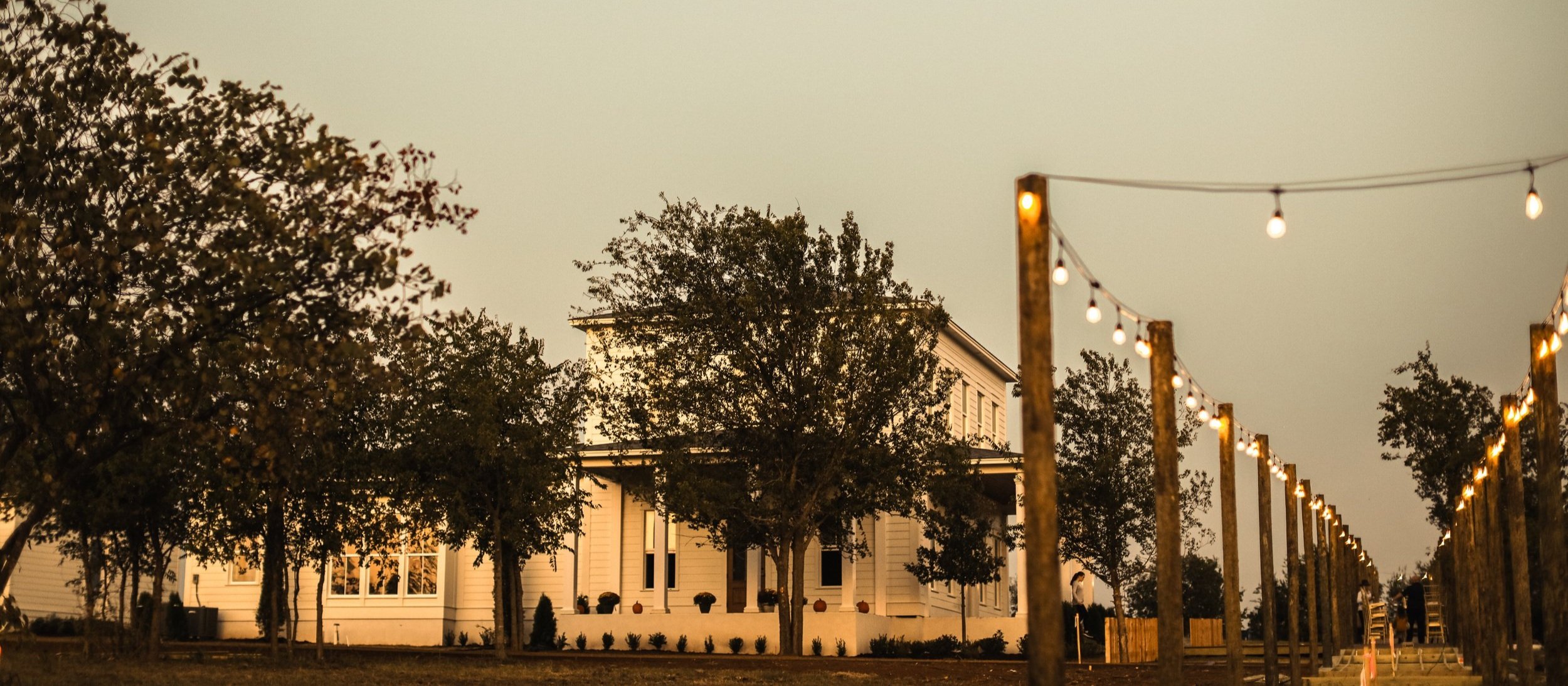
OUR VISION
Selah envisions a community where people live, work, and play in a balanced and sustainable manner. The community's design is centered around fostering a strong sense of belonging, encouraging social interactions, and promoting a healthy lifestyle. By embracing new urbanism principles, Selah aims to create a model community that prioritizes walkability, environmental consciousness, and a mix of land uses.
Discover the vision behind Selah
Developers Brett & Tina Adkins Share Their Inspiration for Selah, Oklahoma's Premier New Urbanism Community
WHAT DOES SELAH MEAN?
There is magnificent order and structure to God’s Word — a dedication to intention that flows into the construct of our lives as well. His instructions, guidance, warnings, and encouragement are not haphazardly tossed together in a nonsensical manner. Instead, His Word is a complete story — a narrative strung together by reason and bound by incomprehensible love for us! Composed of history, poetry, songs, parables, and accounts of His devotion and faithfulness, we discover a God who does nothing by accident.
In the Psalms — songs of praise, lament, request, and raw honesty — we find a particular term lending structure throughout: “Selah.” First seen in Psalm 3, a song written by David as he was fleeing for his life, we find the word “Selah” repeated three times. Although the direct meaning is unknown, most find this word to lend technical structure to musical pieces. It gives direction, pause, accentuation, and even interruption. It is placed strategically to help us understand the feeling, intention, and continuation of a musical masterpiece.
These purposeful pauses serve as transitions, positioning our hearts to receive God’s living and active Word.
Considering the placements of “Selah” in Psalm 3, we discern what God would have us pause and steep our minds and spirits in.
In verse 3-4 we read,
“But You, O Lord, are a shield for me,
My glory and the One who lifts up my head.
I cried to the Lord with my voice,
And He heard me from His holy hill. Selah”
It’s as if God is telling us, “Stop here, think on this. I am your shield, and I answer your cries.”
And in verse 8, “Salvation belongs to the Lord; Your blessing be on your people!
“Selah” acts as a prompt, beckoning us to stop and consider the emphasis God places on His promises and truth.
WHAT IS NEW URBANISM?
In recent times, the appeal of New Urbanism living has surged, offering an array of advantages that significantly elevate the quality of life. At its core, New Urbanism fosters a sense of community by design, promoting social interactions and tight-knit connections among residents.
One of the standout features is the encouragement of walkability. These neighborhoods seamlessly integrate amenities, green spaces, and public transit, urging residents to adopt a more active lifestyle. This not only benefits physical health but also contributes to a reduced environmental impact.
A key principle is the integration of mixed-use spaces, combining residential, commercial, and recreational areas. This not only enhances convenience but also supports local businesses, contributing to a dynamic and flourishing local economy.
Sustainability is a cornerstone, with a focus on eco-friendly practices such as energy-efficient buildings and green infrastructure. The compact design minimizes urban sprawl, preserving natural spaces and reducing the ecological footprint.
Commute times are significantly reduced, as New Urbanism envisions neighborhoods where residents can live and work in close proximity. This not only allows for more personal time but also alleviates traffic congestion and decreases air pollution.
Cultural enrichment is another priority, with easy access to educational institutions, art galleries, and entertainment venues. This fosters intellectual and cultural growth within the community.
Property values often see an uptick in New Urbanism communities. The allure of well-designed, vibrant neighborhoods attracts homebuyers who value the community-centric lifestyle and diverse amenities, positively impacting property investments.
In essence, New Urbanism living goes beyond physical layouts, prioritizing community, sustainability, and a rich array of amenities. As more communities adopt these principles, the potential for positive societal transformation becomes increasingly apparent.


